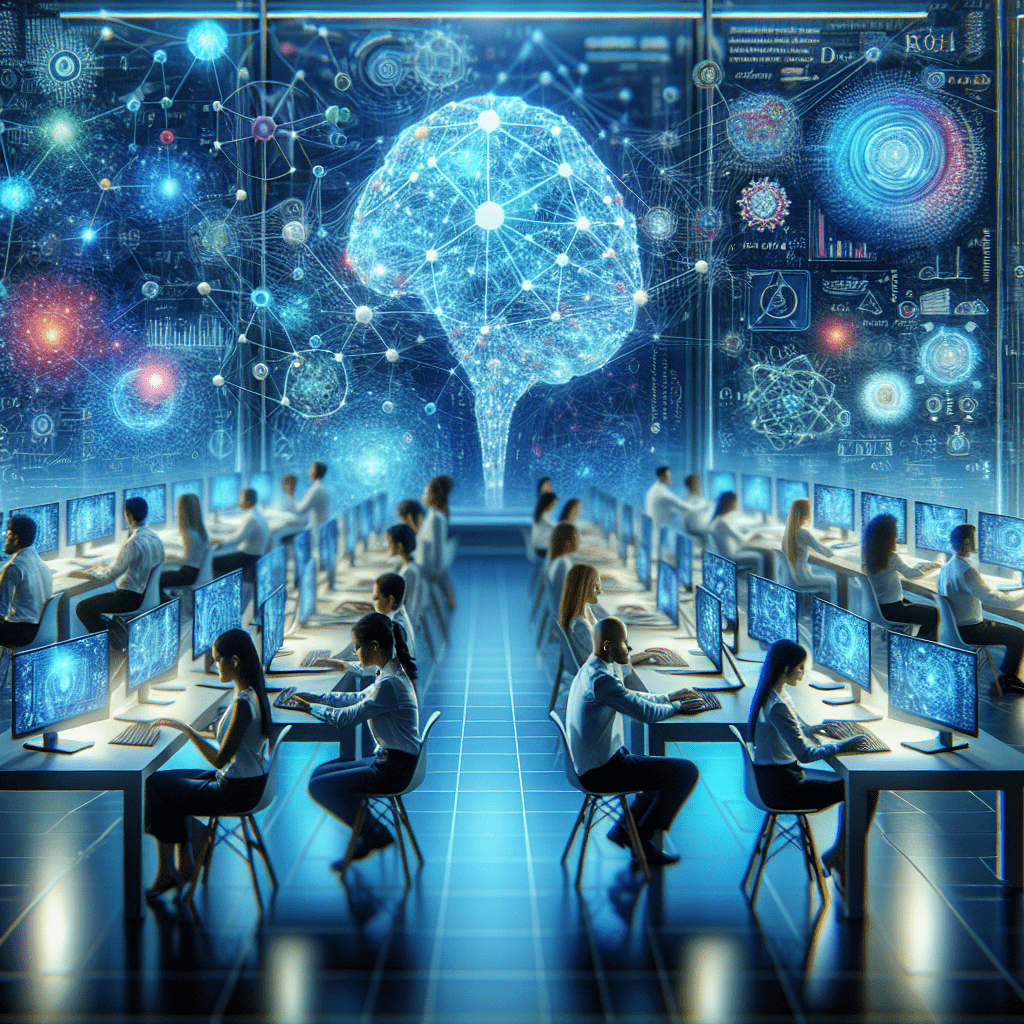Neural networks have been a hot topic in the field of artificial intelligence and machine learning for many years. However, recent advancements in technology and research have brought about revolutionary breakthroughs in the capabilities and applications of neural networks. In this article, we will explore some of the latest developments that are revolutionizing the way we use neural networks.
Advancements in Neural Networks Research
One of the most significant breakthroughs in neural networks research is the development of deep learning algorithms. Deep learning algorithms are designed to mimic the human brain’s ability to process and learn from complex data sets. These algorithms have enabled researchers to train neural networks with multiple layers of interconnected nodes, allowing them to solve more complex problems and achieve higher levels of accuracy in their predictions.
Another key advancement in neural networks research is the development of convolutional neural networks (CNNs). CNNs are a type of neural network that is particularly well-suited for image recognition tasks. By using a series of convolutional and pooling layers, CNNs are able to extract hierarchical features from images and achieve state-of-the-art performance in tasks such as object recognition and classification.
Recurrent neural networks (RNNs) have also seen significant advancements in recent years. RNNs are designed to handle sequential data, such as speech or text, by maintaining a memory of previous inputs. This allows RNNs to make predictions based on context and temporal dependencies, making them ideal for tasks such as language translation and speech recognition.
Applications of Neural Networks
The advancements in neural networks research have opened up a wide range of applications in various industries. In healthcare, neural networks are being used to improve diagnostic accuracy and patient outcomes. By analyzing medical images and patient data, neural networks can help doctors detect diseases earlier and recommend personalized treatment plans.
In the finance sector, neural networks are being used to detect fraudulent transactions and make more accurate predictions in stock market trading. By analyzing large amounts of financial data, neural networks can identify patterns and trends that are not discernible to human analysts, leading to more informed decision-making and improved risk management.
In the automotive industry, neural networks are being used to develop self-driving cars that can navigate complex environments and make split-second decisions. By processing sensor data in real-time, neural networks can detect obstacles, traffic signs, and road markings, enabling autonomous vehicles to safely and efficiently transport passengers to their destinations.
Conclusion
The latest breakthroughs in neural networks research have the potential to revolutionize technology and transform the way we live and work. With advancements in deep learning, convolutional neural networks, and recurrent neural networks, neural networks are now capable of solving more complex problems and achieving higher levels of performance in a variety of applications.
As researchers continue to push the boundaries of what is possible with neural networks, we can expect to see even more exciting developments in the future. From personalized medicine to driverless cars, the possibilities are endless when it comes to harnessing the power of neural networks to improve our lives and advance society as a whole.
FAQs
What are neural networks?
Neural networks are a type of artificial intelligence that is inspired by the structure and function of the human brain. They consist of interconnected nodes, or “neurons,” that work together to process and learn from complex data sets.
What are some common applications of neural networks?
Some common applications of neural networks include image recognition, speech recognition, language translation, and financial forecasting. Neural networks are also used in healthcare, automotive, and other industries to improve diagnostic accuracy, develop autonomous vehicles, and detect fraudulent activities.
How do neural networks learn?
Neural networks learn by adjusting the weights of the connections between nodes based on the input data they receive. By iteratively training the neural network on large data sets, researchers can optimize the network’s performance and improve its ability to make accurate predictions.
Quotes
“Neural networks are the closest thing we have to artificial intelligence, and they have the potential to revolutionize every aspect of our lives.” – Elon Musk
#Revolutionizing #Technology #Latest #Breakthroughs #Neural #Networks #Research


